Surface finishing for medical housings: Function meets design
The finishing of medical housing surfaces must meet the highest standards of functionality, hygiene, and design. This blog post will explain how formary uses thermoforming to produce visually appealing and functional medical housings ensuring compliance with regulatory requirements.
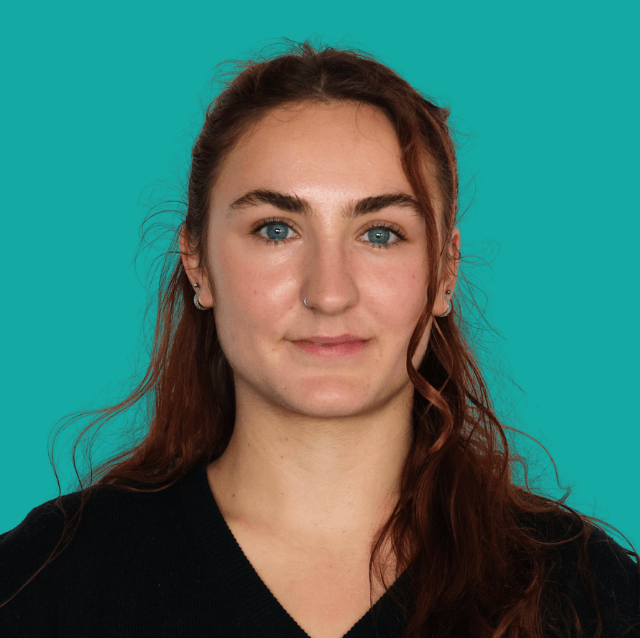
Talida Eichhorn
7. Oktober 2025
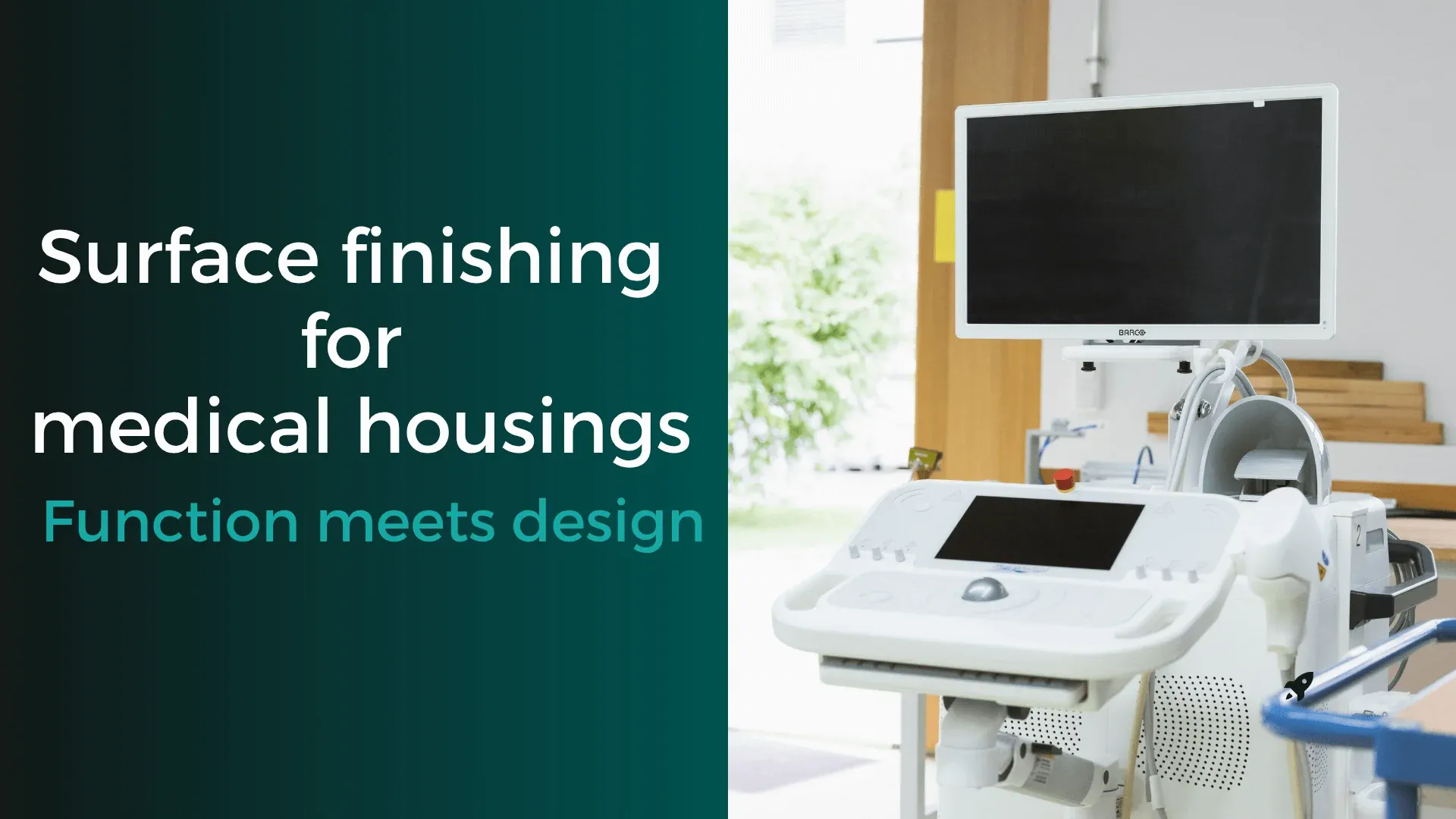
Contents
Surface optimization for thermoformed medical housings – Key facts at a glance
- Modern surfaces for thermoformed medical housings are created through a combination of materials technology and design and meet the highest standards of functionality and hygiene.
- Technical refinements ensure EMC protection, flame retardancy, and UV resistance for reliable and safe use.
- Visual optimizations create CI-compliant designs, thereby improving user-friendliness.
- Functional refinements enhance electrical shielding and cleaning resistance and reduce germ contamination.
What requirements must the surfaces of medical enclosures meet?
The surface treatment of medical covers must withstand mechanical stress and comply with strict standards for electromagnetic compatibility (EMC), fire safety, and hygiene. In addition, the demands on design and haptics are increasing, as devices are increasingly in the field of vision or in direct contact with patients.
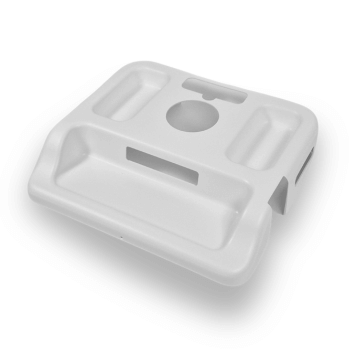
How do technical refinements protect medical devices?
Technical surface refinements in medical technology ensure that housings function reliably and safely. These include the following surface treatments:
EMC protection: How is unwanted radiation shielded?
EMC protection (electromagnetic compatibility) uses a conductive inner layer to shield unwanted radiation and protect sensitive electronics including ultrasound devices or ECG systems from emissions and electromagnetic interference. This EMC shielding is achieved through specialized coating processes such as conductive paints, electroplating, or vapor deposition.
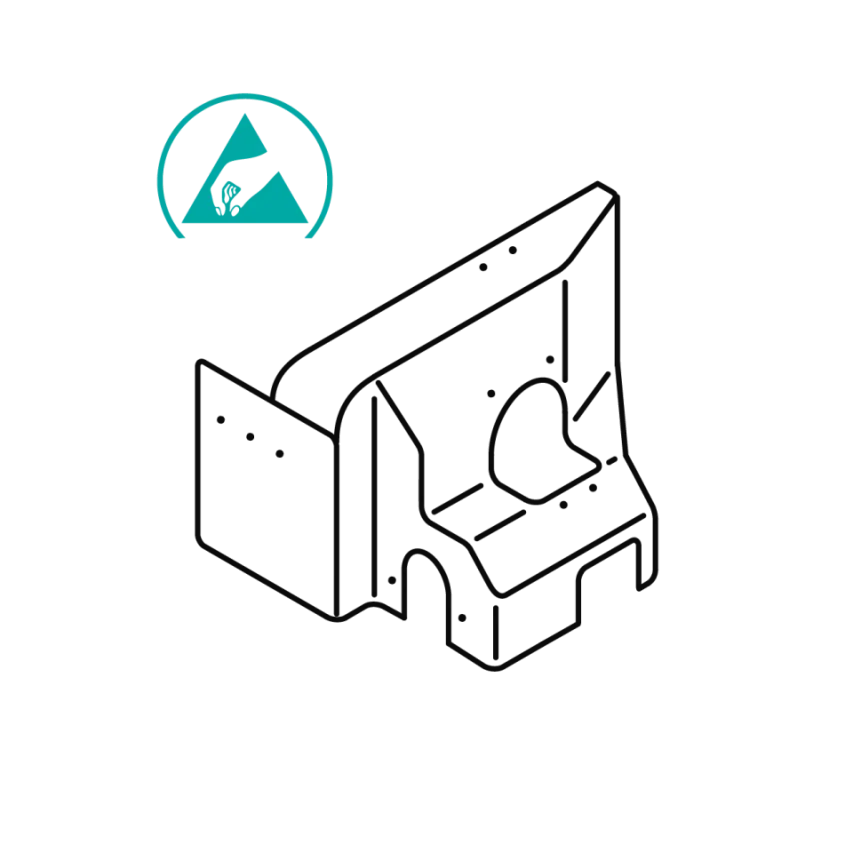
Flame retardancy: Why is flame resistance so important in medical technology?
Many medical plastic housings must comply with the UL94 V0 classification and self-extinguish within seconds in the event of a fire.
Which plastics offer flame retardancy?
Plastic housings made from material blends such as ABS-PC combinations combine the superior mechanical properties of polycarbonate with the lower processing temperature and moldability of ABS and are ideal for flame retardancy. This ensures that safety standards are met with optimal functionality, even for large cladding components.
UV protection: How is the long service life of medical housings guaranteed?
Medical devices are often exposed to intense lighting or direct sunlight, but can be protected by UV-resistant plastics. UV-stabilized plastics such as ASA or ABS prevent surfaces from yellowing, becoming brittle, or losing their mechanical properties over time. This ensures long-lasting functionality and appearance, even with intensive use.
What are the advantages of optical refinements in medical technology?
The surface of medical cladding components is much more than just a design element. It is crucial for functionality, hygiene, and user-friendliness. Cladding should not only look good but also integrate seamlessly into sterile, functional environments. The advantages:
- Ease of use: Color, finish, and texture influence the ease of use and visual impact of a medical device, especially in clinical environments.
- Recognition: CI-compliant color schemes and precise prints ensure recognition and serve as orientation aids.
Direct coloring for series production
For CI-compliant colors and logos on medical technology housings, various color options can already be integrated in the material during production for larger quantities. The desired RAL shade is extruded directly into the plastic material using so-called masterbatches. The process is cost-efficient, but requires a minimus material volume (1-5 tons).
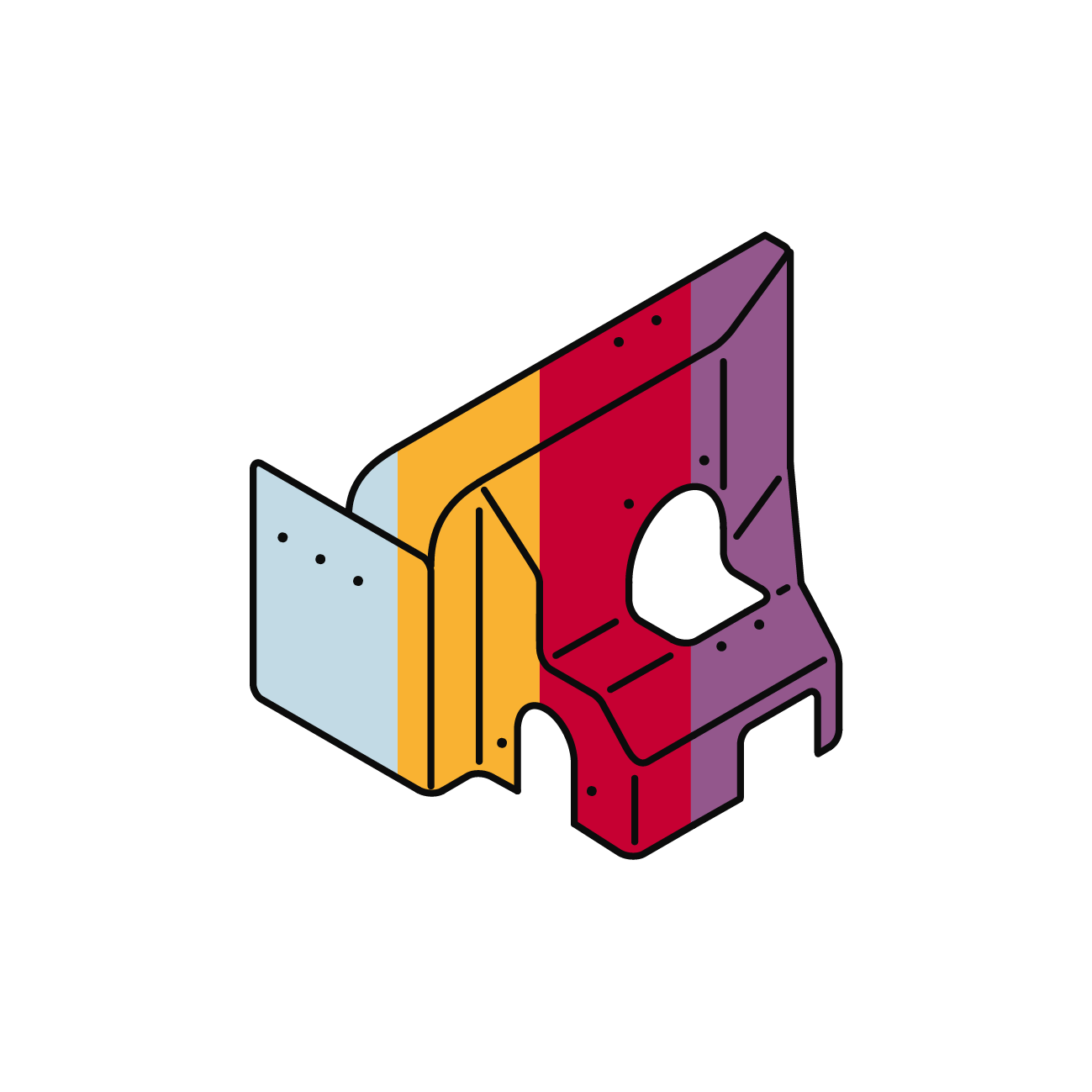
In which cases should paint finishes be used?
- For smaller batch sizes, prototypes, or individual customer requirements, paint finishes offer maximum flexibility even for quantities as low as one.
- Metallic, matte, or effect paints serve to protect the surface and enhance its appearance, for example by reducing reflections.
- Film coatings such as polished metal or chrome create attractive designs to achieve a modern, easy-to-clean, and high-quality look.
Further options for surface finishing of medical plastic housings
In addition to painting and coating, the thermoforming process itself offers opportunities for targted surface design. For example, textures and patterns can be engraved directly into the tooling. This allows fine leather-like patterns, grooves, or microtextures to be transferred to the component surface during forming.
The result: glare-free, non-slip, and easy-to-clean surfaces that are ideal for surgical environments or diagnostic workstations.
What advantages do functional finishes offer for medical enclosures?
Beyond design and safety, medical device surfaces must also meet specific functional requirements. These include:
- Electroplating: Electroplated metal layers enhance electrical conductivity and mechanical strength. This is important for enclosure components that require electrical conductivity or must withstand high mechanical loads.
- Vapor-deposited and uniformly metallized surfaces: These provide a high-quality, decorative appearance, as is often required for bezels or decorative panels in medical devices.
- Antimicrobial additives: Antimicrobial additives such as silver ions, zinc oxide, or copper-based solutions reduce germ contamination.
- Fluorination & gamma irradiation: Processes such as fluorination or gamma irradiation specifically alter surface properties.
However, it is important to note: Such additives do not replace regular cleaning, which is why resistance to disinfectants is a key criterion in the selection of materials.
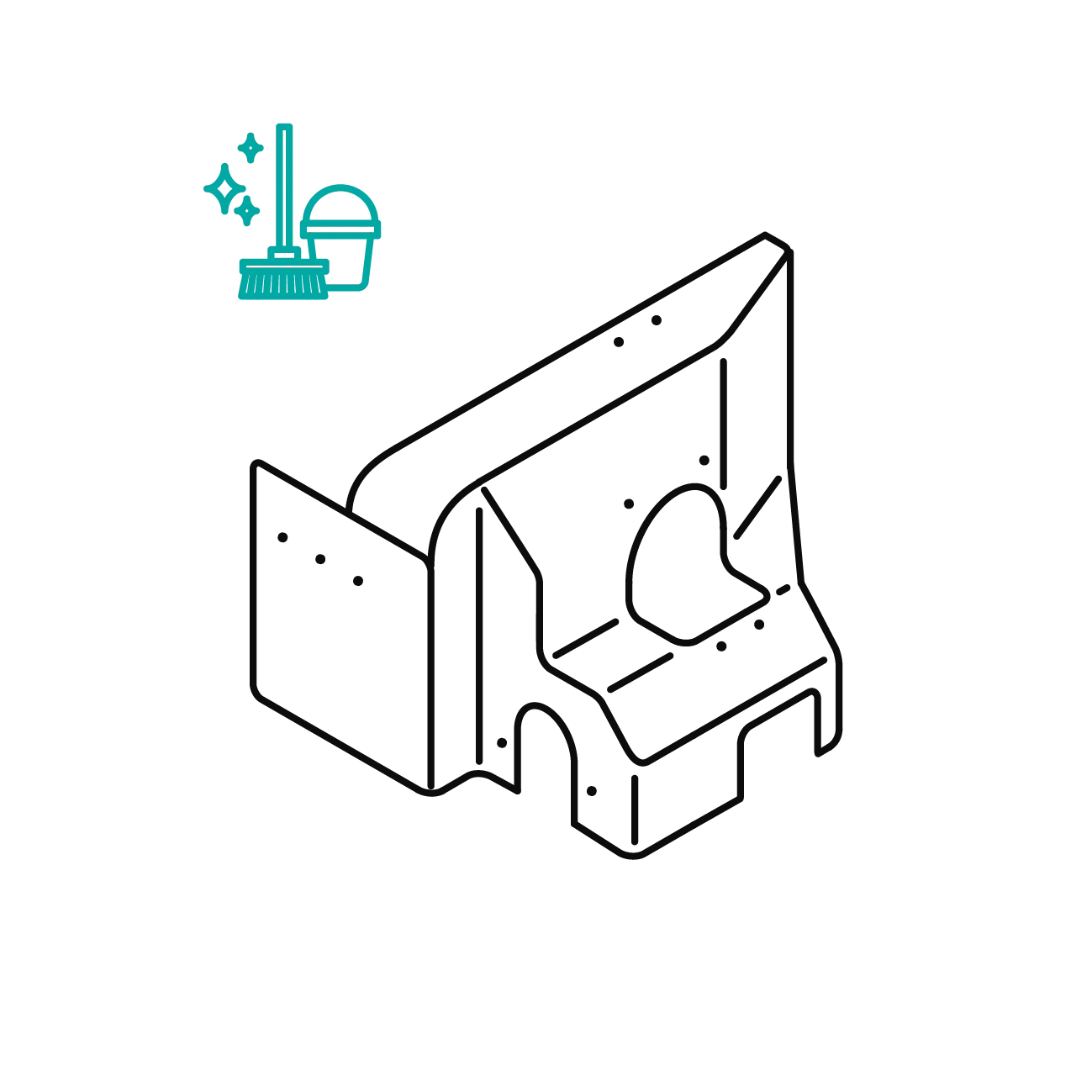
Frequently asked questions about surface finishing in medical technology
What is surface finishing in medical enclosures?
This refers to the targeted treatment of plastic surfaces to optimize properties such as conductivity, texture, and appearance. This makes thermoformed medical housings more durable, safer, and easier to use.
Which plastics are suitable for the surfaces of medical technology housings?
Polycarbonate (PC), ABS, and ASA are among the plastics suitable for medical technology housings, with material blends such as ABS-PC combinations being particularly common.
How do surfaces influence the function of medical devices?
The surface significantly determines the safety, hygiene, usability, and durability of medical devices.
How do I choose the right surface finish for my medical enclosure?
The choice of the appropriate finish depends on the application environment, quantity, and design and functional requirements. formary will advise you individually on this.
Optimize the surface of your medical device housing now
The surface defines more than just the appearance: it also affects hygiene, safety, functionality, and user experience. With the right materials and processes from formary, you get functional and economically viable solutions for thermoformed components used in medical applications.
Request your thermoformed medical housings directly through the formary configurator and kick-tart your next project.